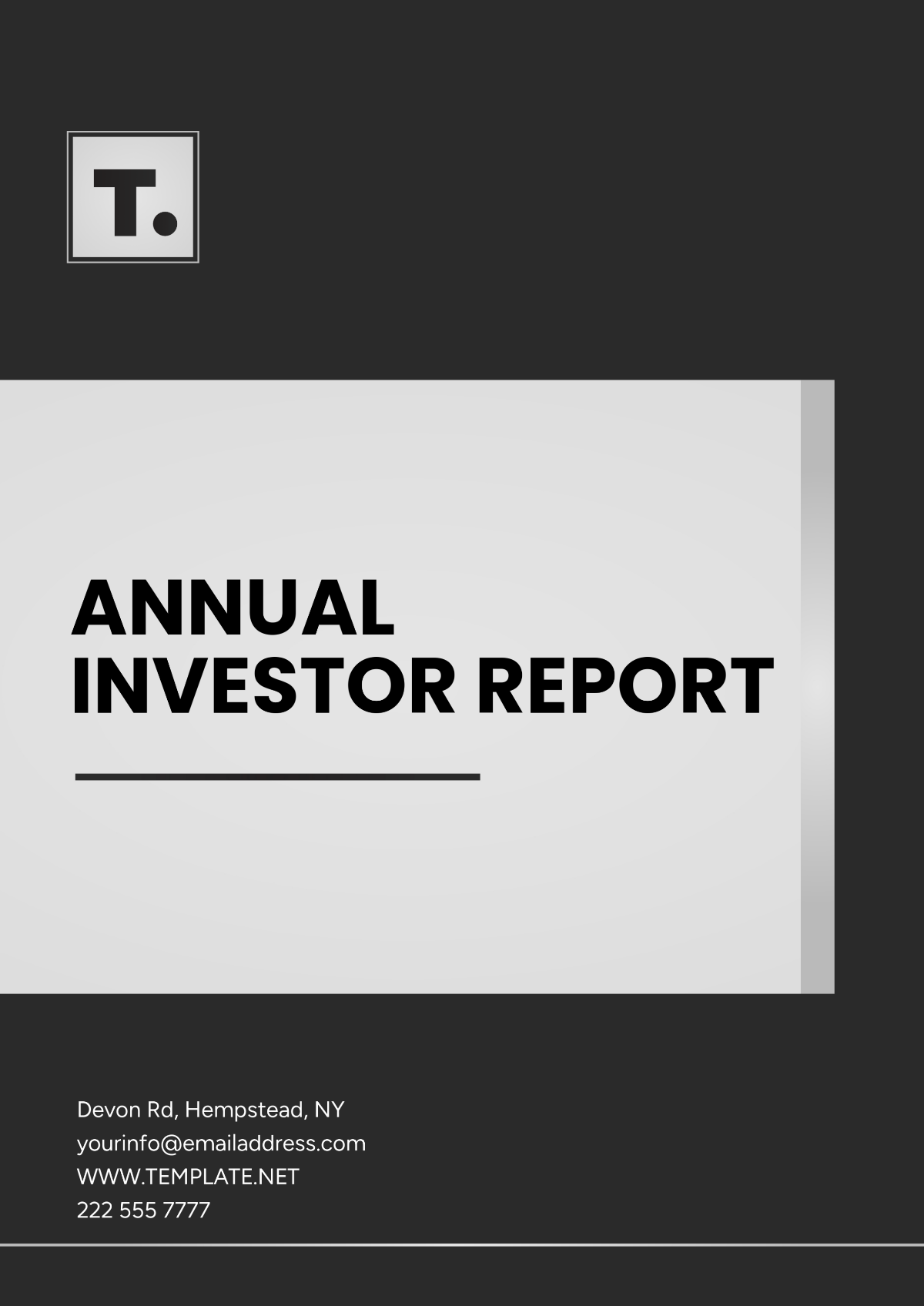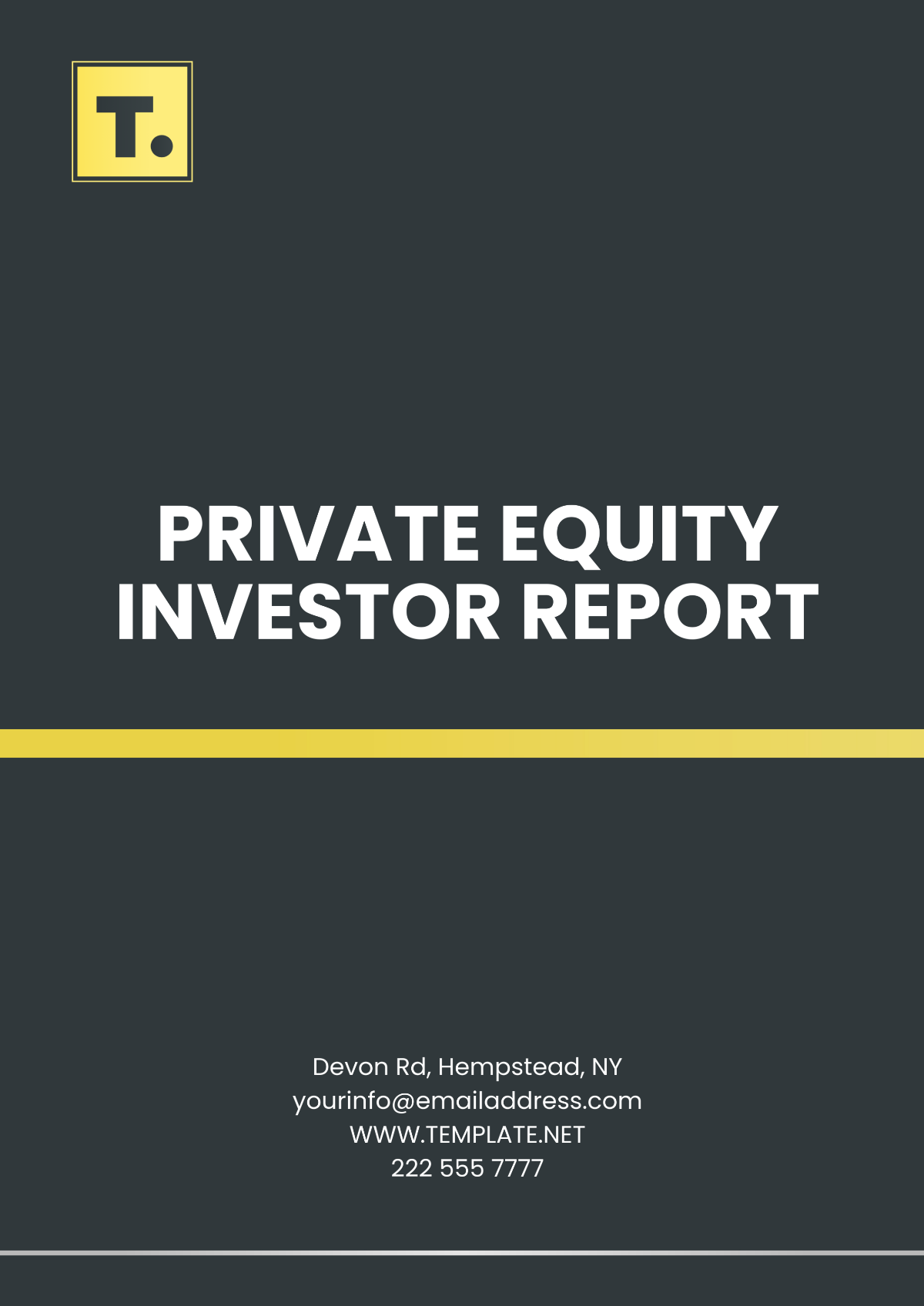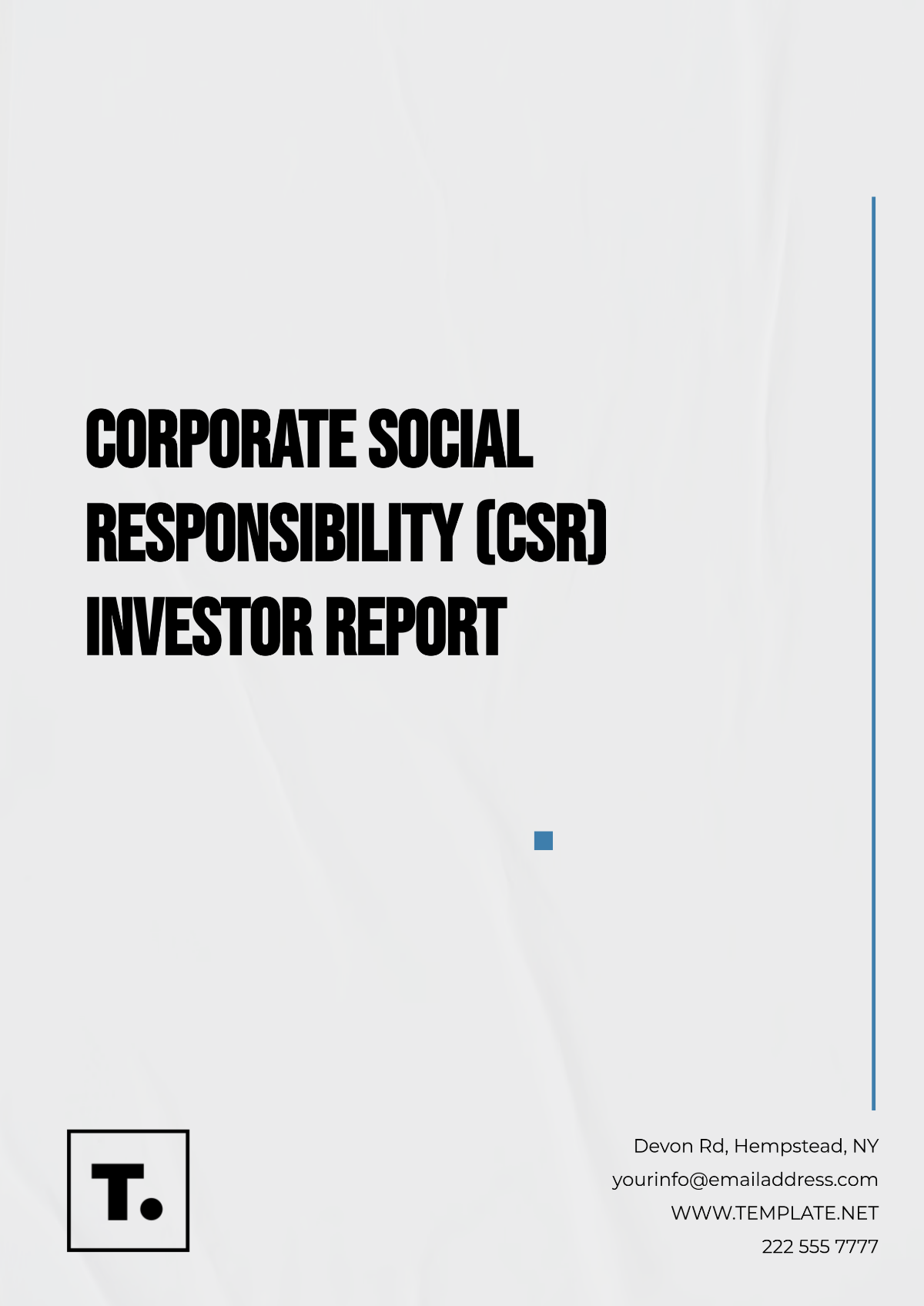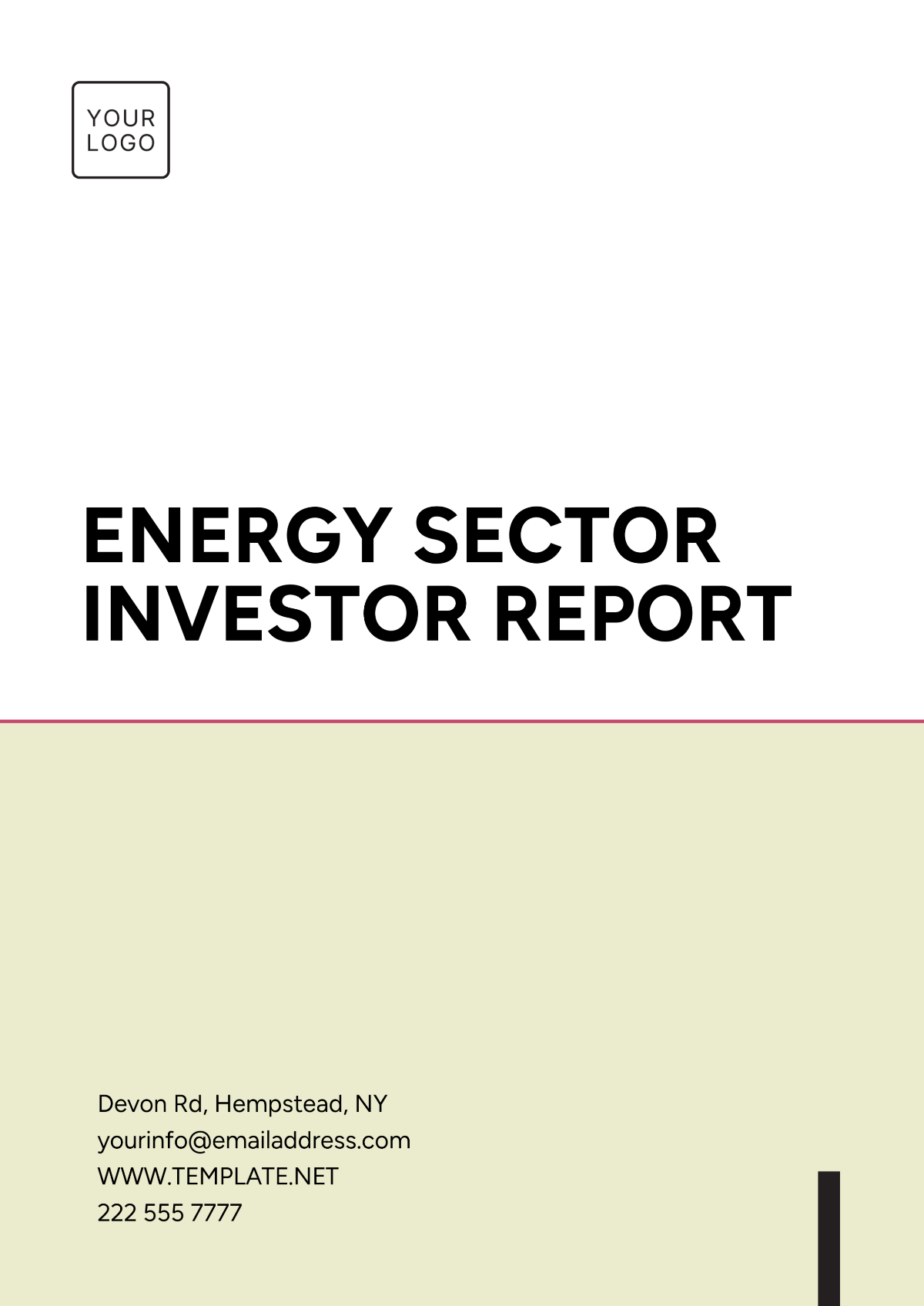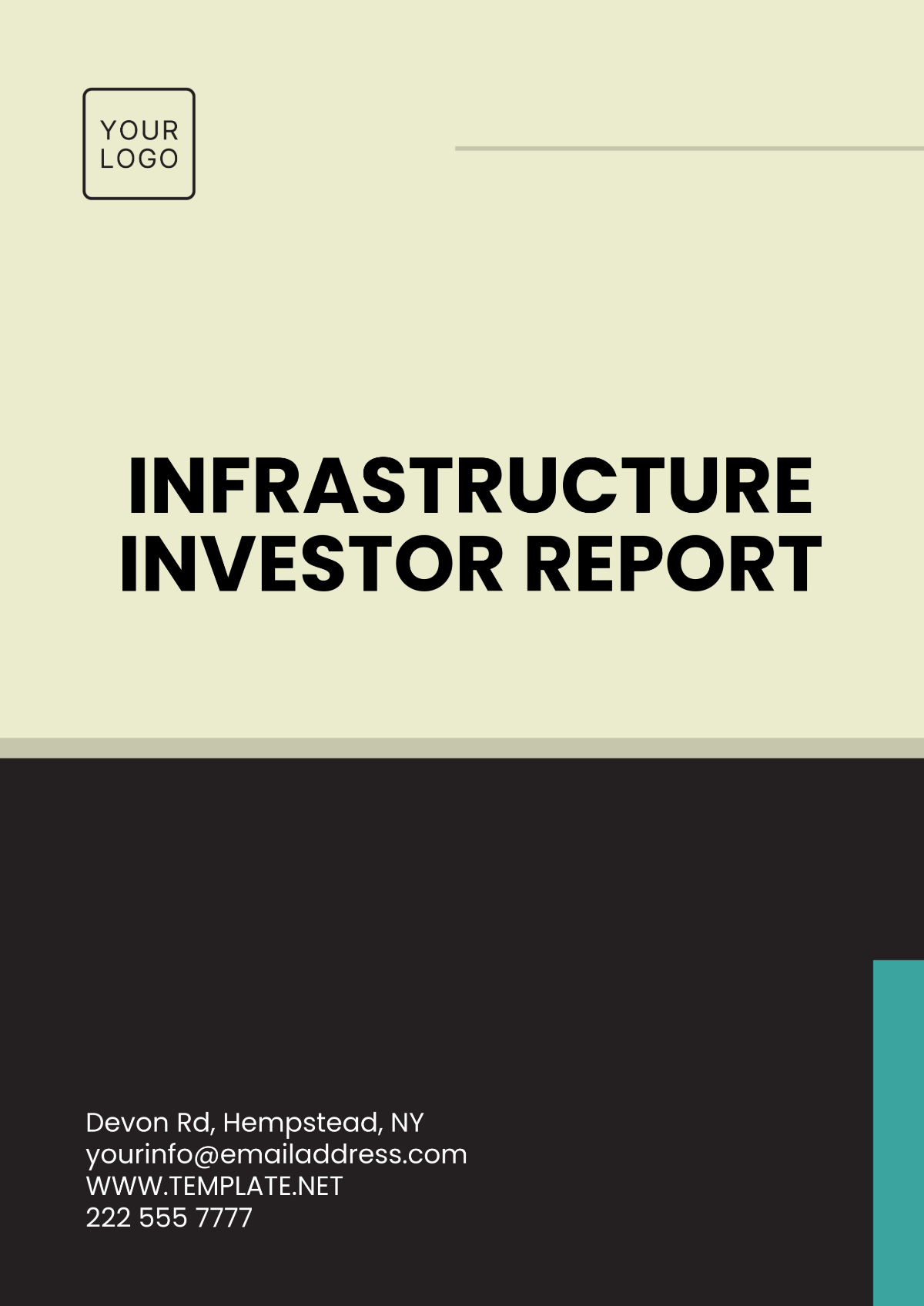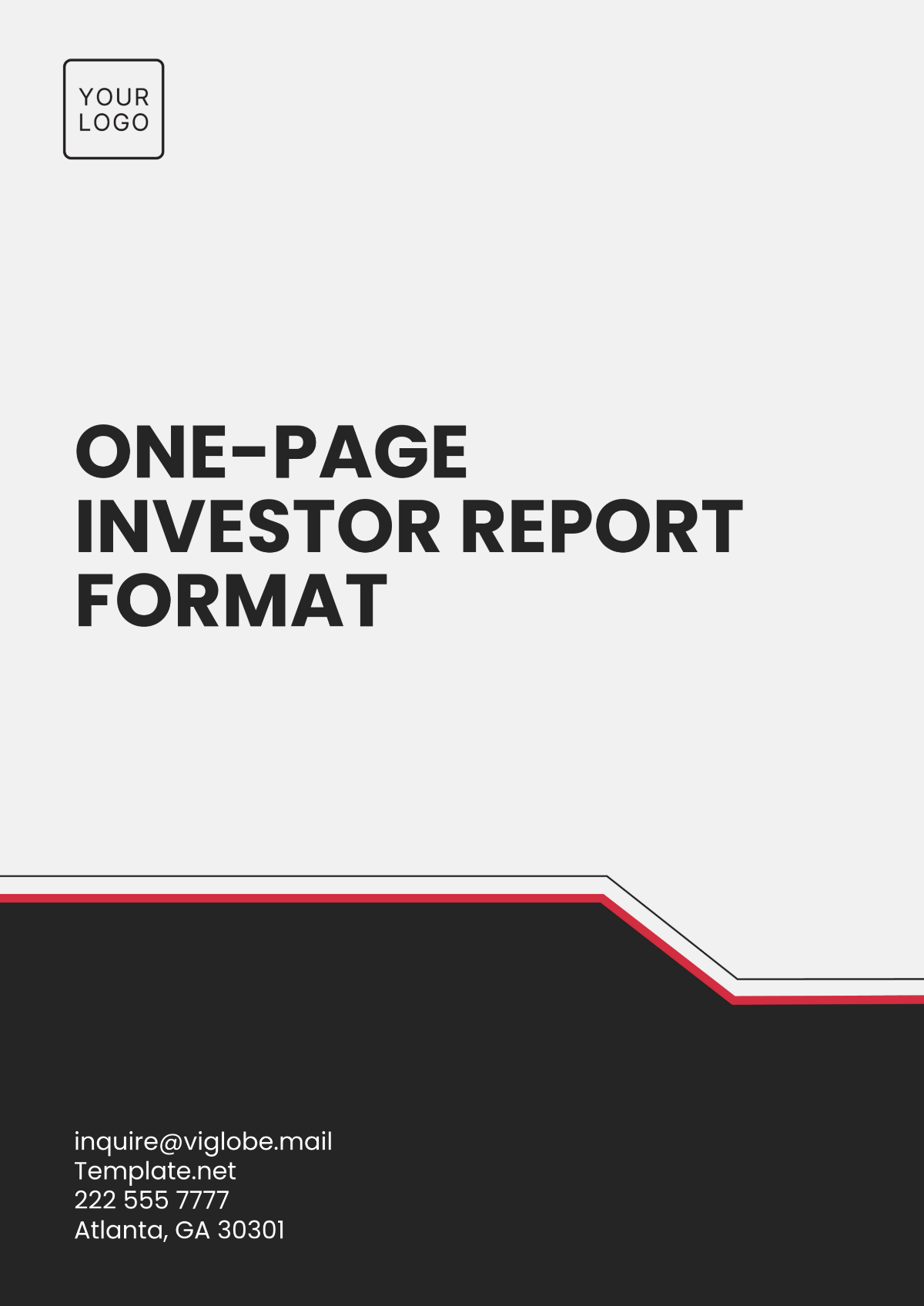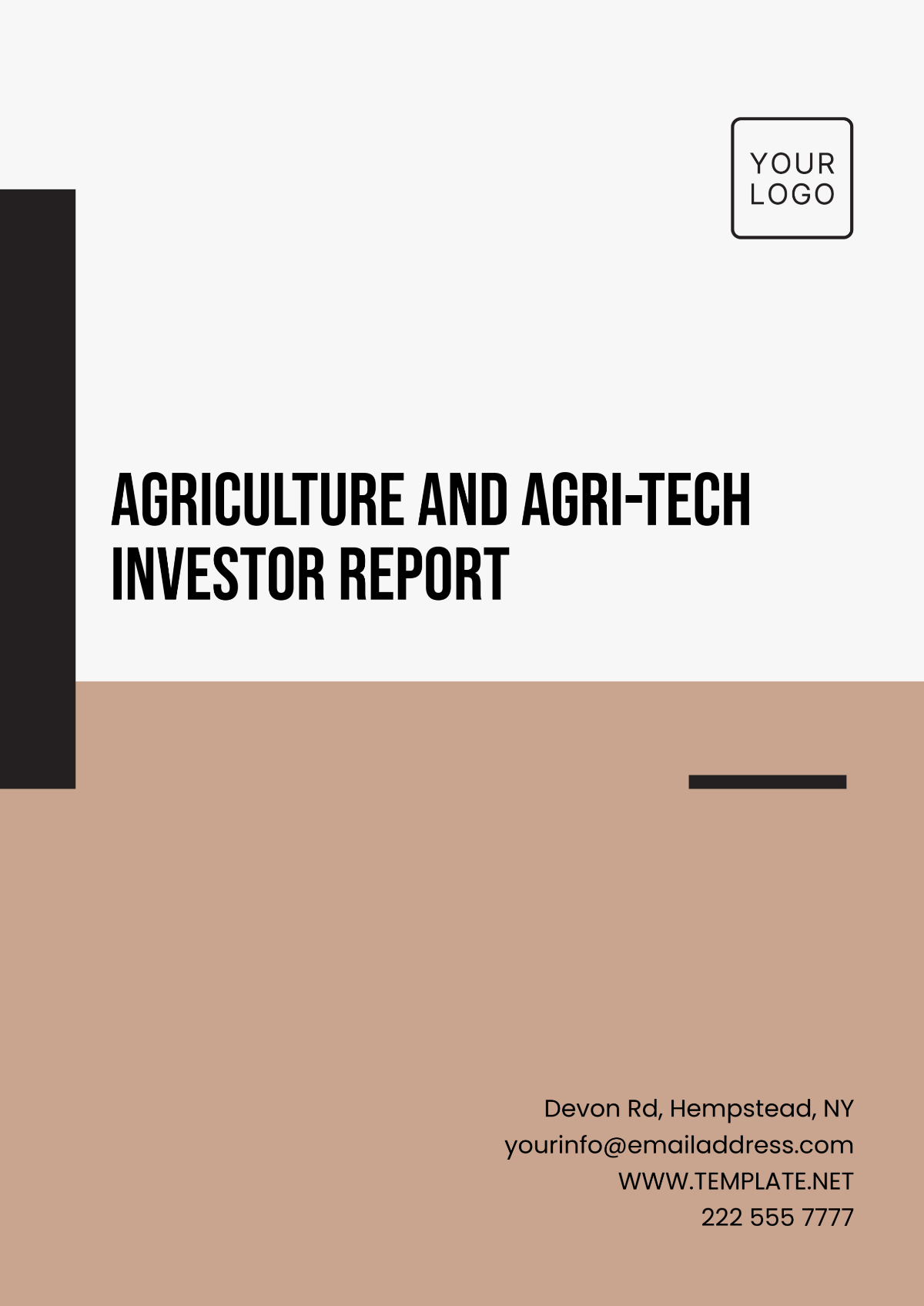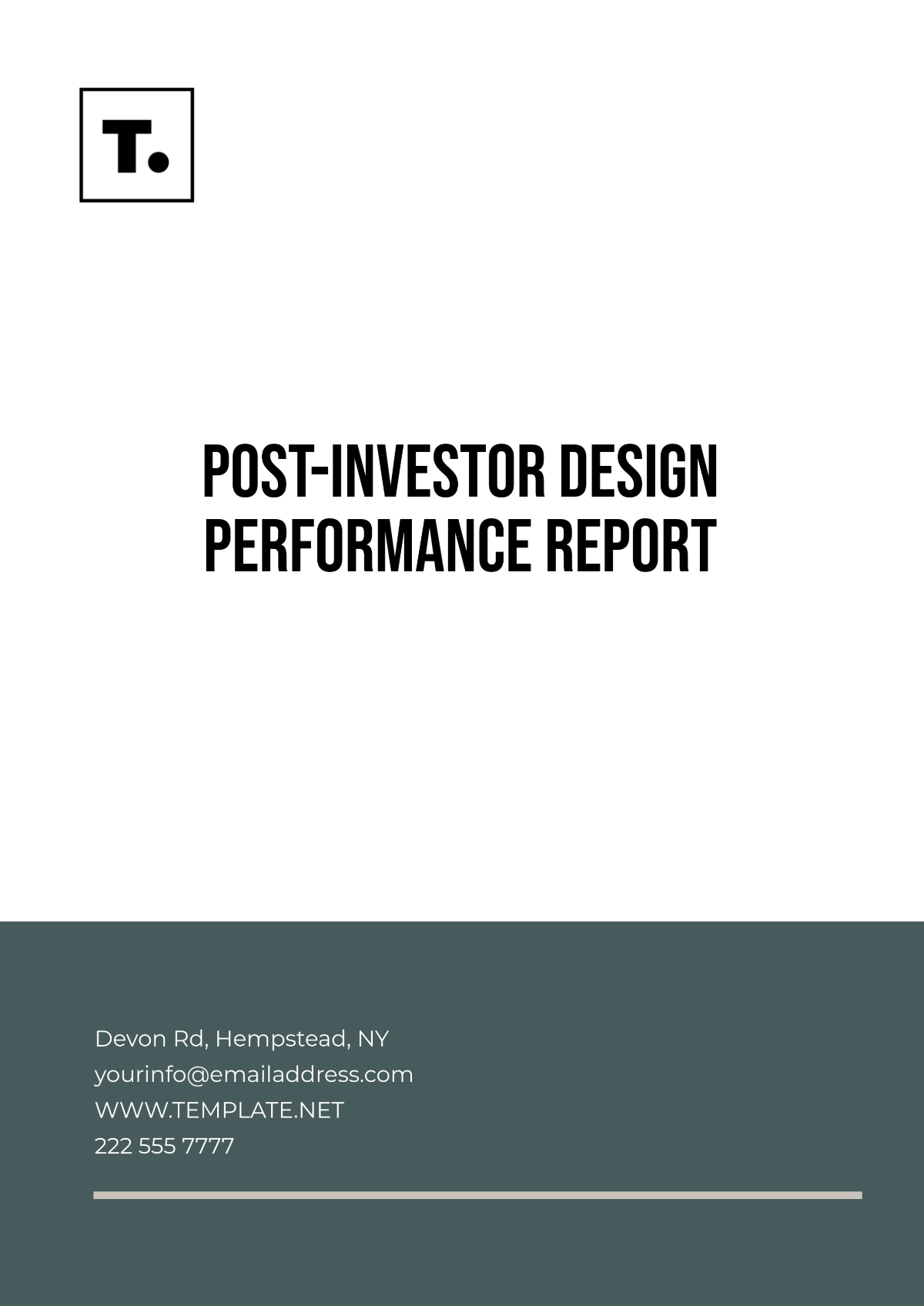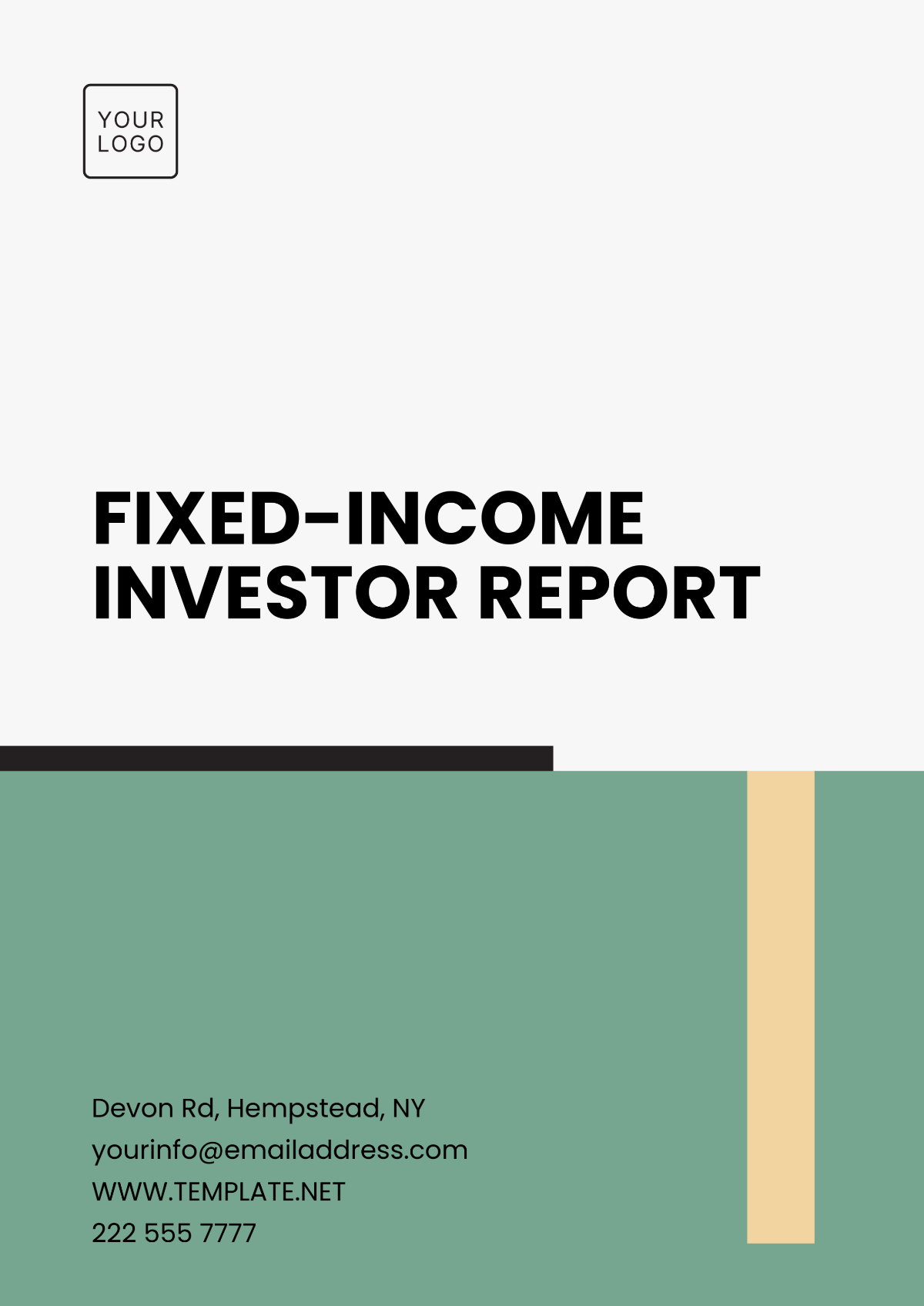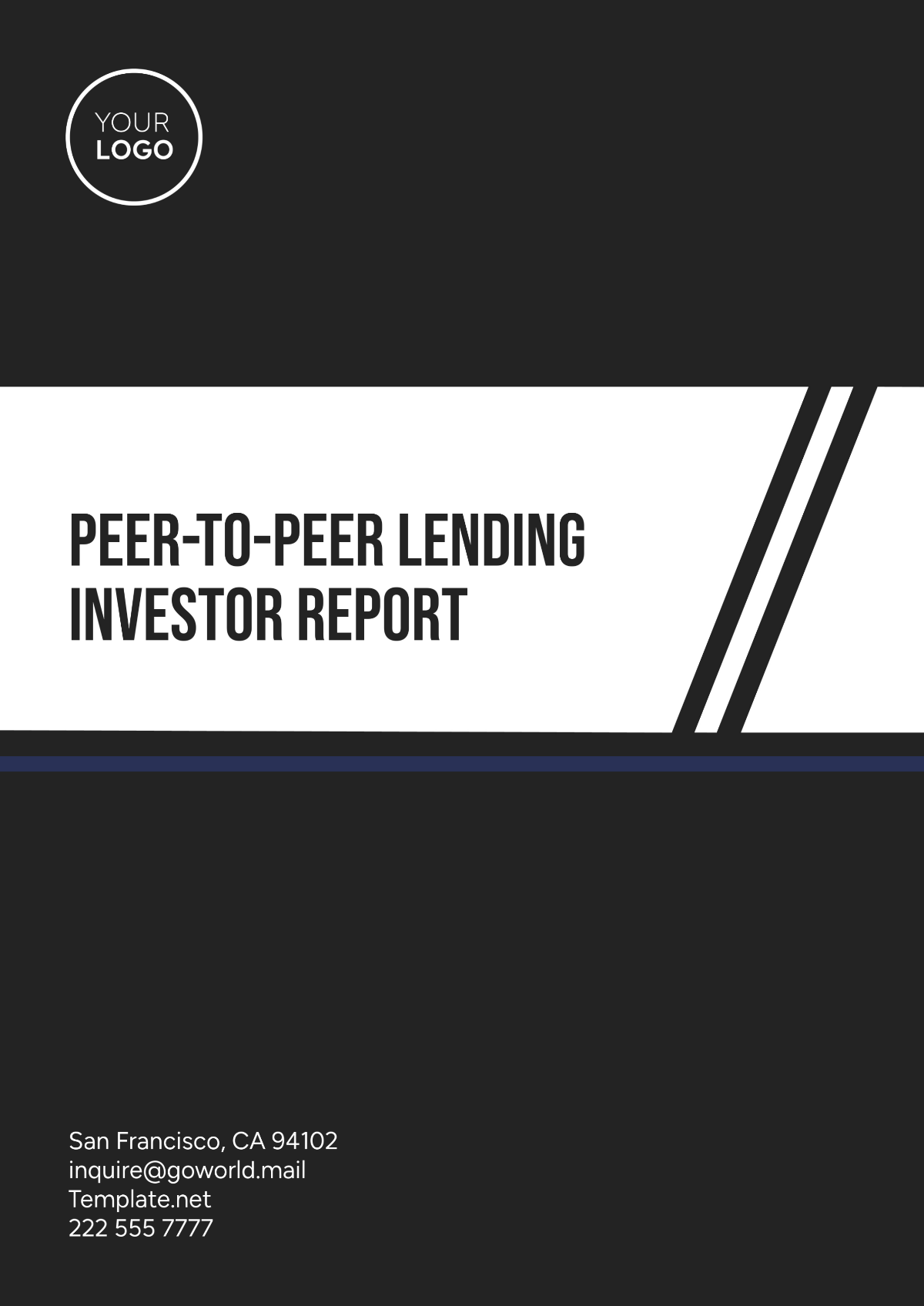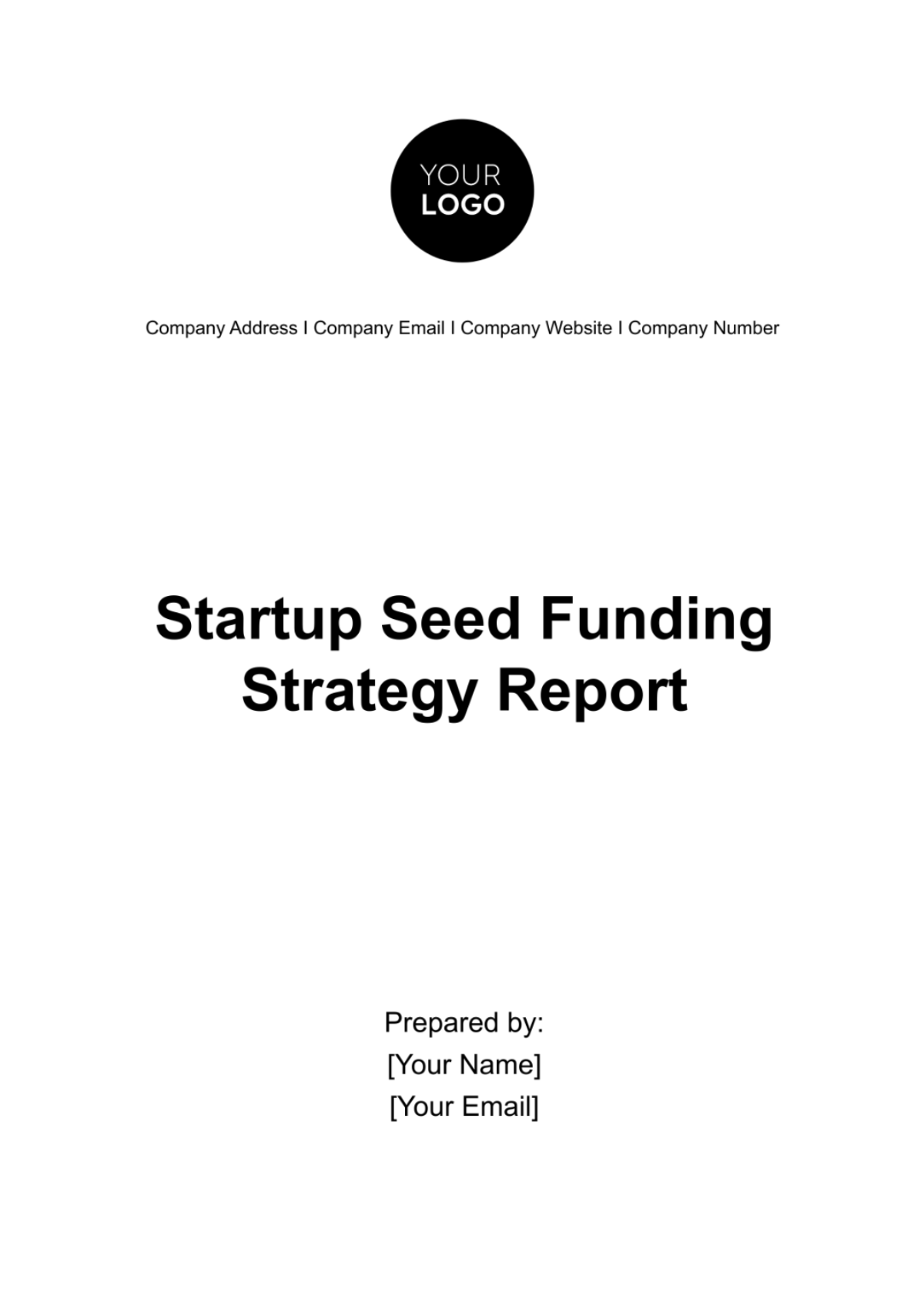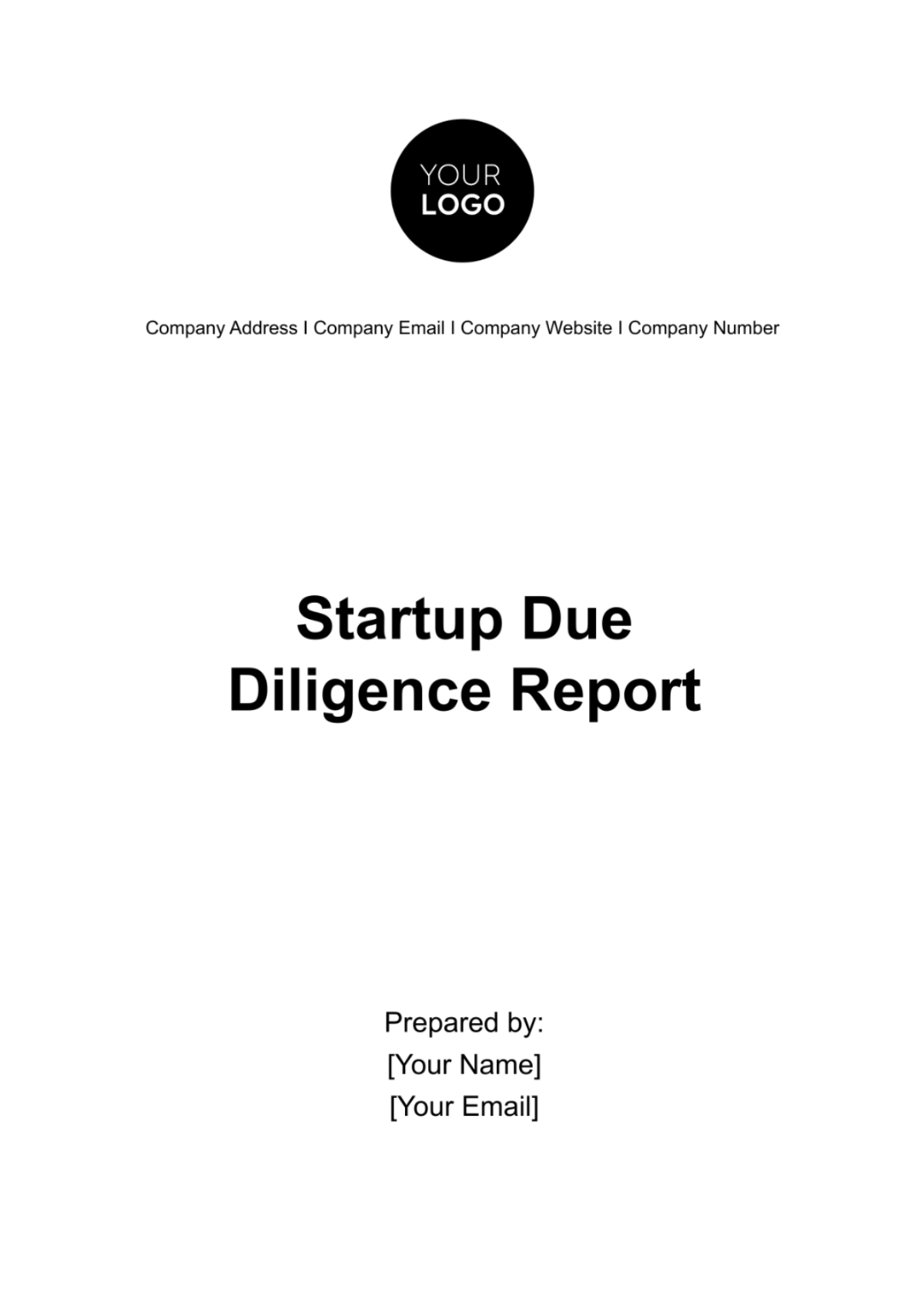IMPACT INVESTOR REPORT LAYOUT
Prepared By: [Your Name]
Date: [Date]
This Impact Investor Report provides a comprehensive analysis of investments made with the objective of generating measurable social and environmental impact alongside financial returns. The report covers various sectors, key performance indicators, and future recommendations for stakeholders.
Executive Summary
The impact investing market continues to grow as more investors seek to align their portfolios with their values. This report highlights the significant gains in social and environmental areas achieved through strategic investments in 2053. Furthermore, it offers insights into trends, challenges, and future opportunities for maximizing both impact and profit.
Investment Overview
Summary of Investment Regions
In 2053, impact investments were predominantly focused in the following regions:
Region | Investment Amount ($ Million) | Percentage Share |
|---|---|---|
North America | 350 | 30% |
Europe | 250 | 21% |
Asia | 230 | 20% |
Africa | 170 | 15% |
Latin America | 180 | 14% |
Sector Allocation
The major sectors targeted by impact investments, along with their corresponding investment amounts and impacts, are as follows:
Renewable Energy: $200 Million - Reduced carbon footprint by 15% compared to 2052.
Healthcare: $150 Million - Access to healthcare increased by 10% in rural areas.
Education: $100 Million - Improved literacy rates by 8% among children.
Agriculture: $120 Million - Enhanced food security initiatives impacting 500,000 farmers.
Microfinance: $110 Million - Empowered 1 million female entrepreneurs through micro-loans.
Key Performance Indicators
Below are the key performance indicators (KPIs) used to measure the effectiveness of impact investments in 2053:
KPI | Target | Achievement |
|---|---|---|
Greenhouse Gas Emissions Reduction | 20% | 25% |
Poverty Alleviation | Reduce by 5% | Reduced by 7% |
Access to Clean Water | Increase by 10% | Increased by 12% |
Job Creation | Create 50,000 jobs | Created 60,000 jobs |
Challenges and Risks
Regulatory Challenges
The dynamic regulatory landscape poses a significant challenge. Different regions have varying regulatory requirements that impact the ease of investing in social impact initiatives.
Market Risks
Market volatility continues to affect returns in the impact investment space. Strategies need to be devised to mitigate market risks while enhancing returns.
Future Recommendations
Increasing Investment in Emerging Markets
Emerging markets hold significant potential for impact investing. Increasing allocations in these regions could result in amplified social and environmental benefits.
Enhancing Public-Private Partnerships
Stronger collaboration between public institutions and private investors can address large-scale social issues more effectively. Building strong partnerships will be key in the coming years.
Focus on Sustainable Technologies
Investing in sustainable technologies not only offers financial returns but also addresses pressing environmental concerns. Focus should be increased on sectors like clean technology and sustainable agriculture.
Conclusion
Impact investing presents a dual opportunity for achieving social good while generating financial returns. With strategic direction, risk mitigation, and stakeholder collaboration, the impact investing landscape in 2053 and beyond looks promising. Stakeholders must continue to innovate and adapt to maximize positive outcomes.

